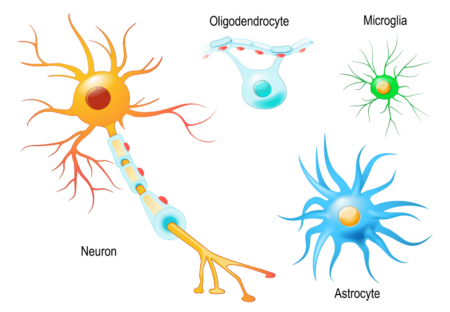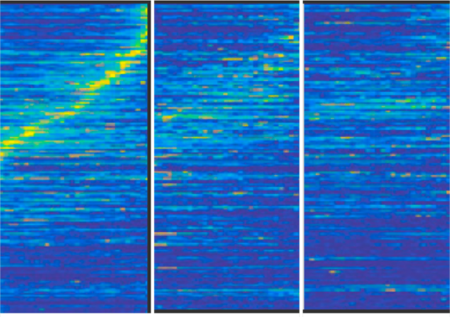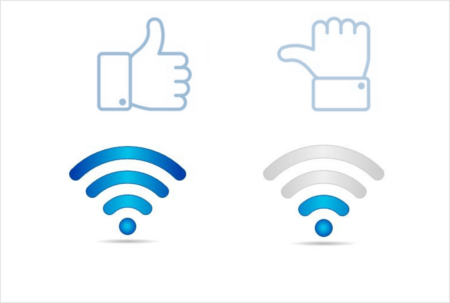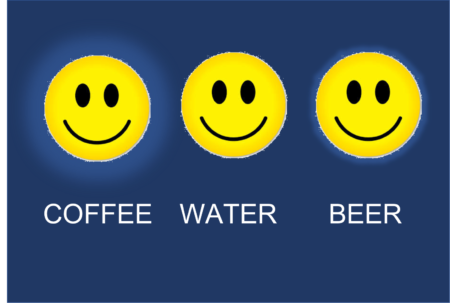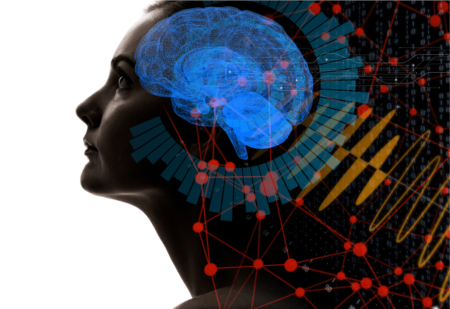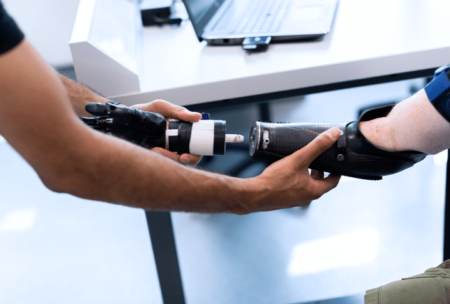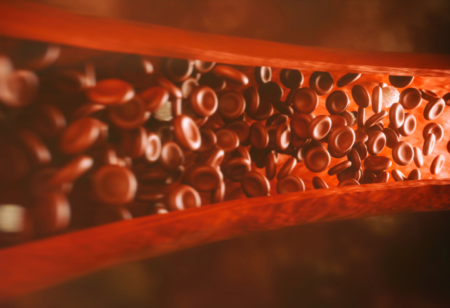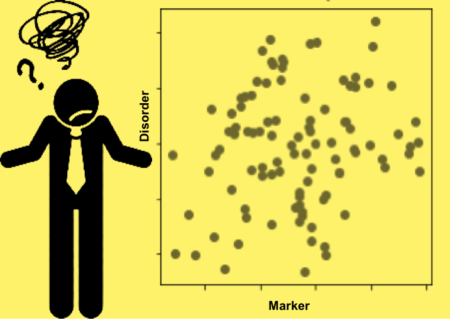After decades of being ignored, the important role of glia in shaping network activity and behavior is redefining how we understand the brain. For decades…
Lab Talk
Drifting Neuronal Representations of Function
Neurons do not stably participate in the representation of tasks and behaviors. Called representational drift, this calls for new thinking in how the brain represents…
EEG Signal Quality in Wet Versus Dry Electrodes
Dry electrodes have some clear advantages but how does their signal quality compare to wet electrodes? Choosing one over the other may be a tradeoff between time, signal quality and stability.
BCI Using Steady State Visual Evoked Potentials
Steady State Visual Evoked Potentials uses different frequencies of visual stimulii to distinguish between objects in BCI applications and have relatively high information transfer rates….
EEG in Neurological Disorders
EEG has fallen short in its utility in the diagnosis and monitoring of various neurological disorders from ALS and MS to even Epilepsy. Why is…
Implementations of the P300 BCI Speller
The P300 speller is a common Brain Computer Interface (BCI) application. It has many variations designed to improve its accuracy and speed. This article outlines…
A Primer on Brain Machine Interface
What is involved in a Brain Machine Interface (BMI; also called Brain Computer Interface or BCI) set-up? Here is a primer on paradigms for BMI…
fNIRS: Advances and Challenges
This is a primer on fNIRS, what it does, the technical advances, challenges and potential applications. With all the recent publicity around Kernel’s new fNIRS…
Reading a Thought
There is a great deal of hype about neuroimaging technologies being able to read our thoughts. And yet, we don’t really know what a thought…
From Brain to Behavior: The Search for Biomarkers
Identifying biomarkers of neurological and psychiatric clinical conditions from brain physiology has many challenges. What is a Biomarker? The general idea of a biomarker is…

